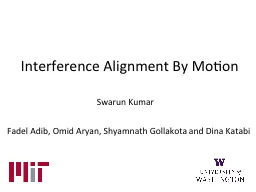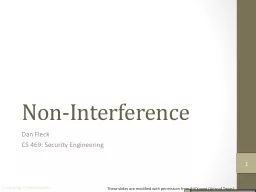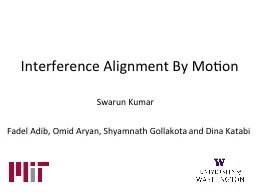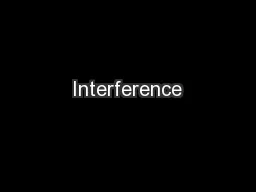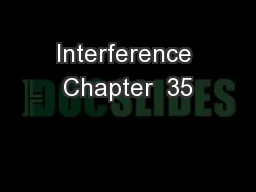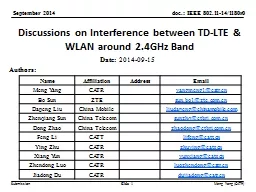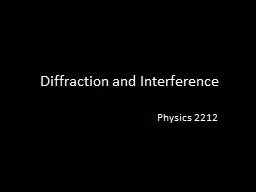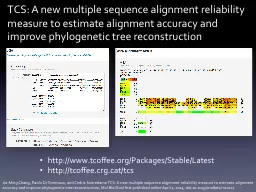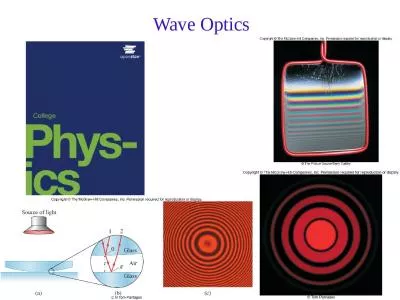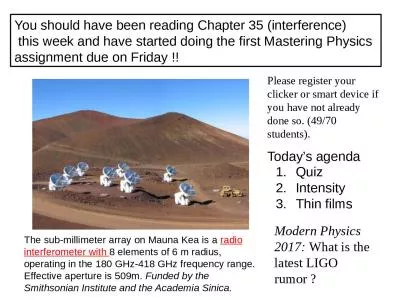PPT-Interference Alignment By Motion
Author : celsa-spraggs | Published Date : 2018-02-12
Swarun Kumar Fadel Adib Omid Aryan Shyamnath Gollakota and Dina Katabi Major Advances in MIMO Eg Interference Alignment Significant gains in throughput SingleAntenna
Presentation Embed Code
Download Presentation
Download Presentation The PPT/PDF document "Interference Alignment By Motion" is the property of its rightful owner. Permission is granted to download and print the materials on this website for personal, non-commercial use only, and to display it on your personal computer provided you do not modify the materials and that you retain all copyright notices contained in the materials. By downloading content from our website, you accept the terms of this agreement.
Interference Alignment By Motion: Transcript
Download Rules Of Document
"Interference Alignment By Motion"The content belongs to its owner. You may download and print it for personal use, without modification, and keep all copyright notices. By downloading, you agree to these terms.
Related Documents

